- Established 1982 -HOME: www.hiltonpond.org
THIS WEEK at HILTON POND Subscribe for free to our award-winning nature newsletter (Back to Preceding Week; on to Next Week) |
BLUEBIRD CHICKS, MORE HUMMERS, Bird activity was very light at Hilton Pond Center during the hot and humid first half of August 2023. We suspect many adult birds--and this year's offspring--were hiding from the heat in cool thickets that surround our old farmhouse, engaged in the energy-demanding activity of bringing in new plumage before onset of winter. House Finches continued to visit sunflower seed feeders, albeit in smaller numbers than in June and early July and, and Ruby-throated Hummingbirds (RTHU) weren't about to stop dining from our cornucopia of feeders.
All text, maps, charts & photos © Hilton Pond Center We captured 43 new ruby-throats 1-15 August--exactly the same as the two-week period preceding. The year's total stands at 184 RTHU, well ahead of the pace in any of our previous 39 years of hummingbird banding at the Center. In a departure from the norm, our hatch-year females are running ahead of hatch-year males; historically, young males (above) have outnumbered young females more than 4:3. (NOTE: As an aside, a female Rufous Hummingbird has already been seen this August in Hickory NC, so be alert for the arrival of any western vagrant hummer species that migth be on the move.)
All text, maps, charts & photos © Hilton Pond Center Considering the dearth of August avian activity around Hilton Pond, we were a bit surprised this week to end up banding Eastern Bluebird chicks in a highly productive nest box (above) at the upper end of the Center's front driveway. This box faces a very busy thoroughfare but has yielded at least one batch of fledglings each year for the past three decades. Often it's early nesting Carolina Chickadees whose work is followed by a pair of bluebirds. This year no chickadees, but we banded four EABL chicks on 7 May, removed the used nest, and saw a re-nesting attempt that was abandoned after two eggs were laid. Following a suitable two-week wait, we threw out the failed nest and clutch, only to watch another bluebird nest being constructed in early July. This one contained four eggs, all of which hatched to produce the youngsters we banded most recently; the four apparently fledged under duress a few days later when a state road crew inexplicably mowed down unobtrusive shrubbery in front of the box.
All text, maps, charts & photos © Hilton Pond Center Although double- and even triple-nesting attempts are well documented for Eastern Bluebirds, the first week in August seems a tad late for a brood to be fledging. Among other things, these chicks had to sit in a sun-baked nest box during the hottest month of the year. For another, they're nearly three months behind our first EABL to fledge in the current breeding season, meaning they have less time to mature before cold weather arrives. Fortunately for them, we guess, is they won’t have to migrate and can spend the next month pigging out on nutritious purple Pokeweed berries increasingly abundant around Hilton Pond Center. Incidentally, of the four Eastern Bluebirds nestlings banded on 1 August, there was an even split of two males, two females. (Same thing in this year's June nest.) Even at this young age EABL nestlings can be sexed by looking at emerging wing feathers--much brighter blue in males like the one in our photo above. All text, maps, charts & photos © Hilton Pond Center SUMMER SUMACS The Sumac Family (Anacardiaceae, aka the Cashew Family) occurs worldwide, its ±870 species found primarily in tropical and subtropical habitats. Of these, four are relatively common in the Carolina Piedmont: Staghorn Sumac (Rhus typhina), Smooth Sumac (R. glabra), Winged or Shining Sumac (R. copallinum, below), and the seemingly omnipresent Poison Ivy (Toxicodendron radicans). Poison Ivy used to be R. toxicodendron, but its classification has long been debated--including whether Western Poison Ivy (T. rydbergii, which doesn't occur in the southeastern U.S.) is a separate species or a subspecies. And then there's discussion about how shrubby Atlantic Poison Oak (T. pubescens), which does occur in the Southeast mostly in Lowcountry savannas, really fits taxonomically. NOTE: Poison Sumac, R. vernix, is a tall and highly toxic shrub also limited to South Carolina's Coastal Plain. Slightly less-toxic False Poison Sumac, R. michauxii, is extremely rare with few records from Kershaw County SC and elsewhere. Rounding out our summary of Carolina anacardians, a non-toxic species called Fragrant Sumac, R. aromatica, also occurs uncommonly in the Palmetto State's Piedmont.
All text, maps, charts & photos © Hilton Pond Center With all that nomenclature out of the way, we can report the only sumacs at Hilton Pond Center are Winged Sumac and Poison Ivy. Even though the latter produces succulent berries favored by many frugivorous birds and small mammals, we prefer to whack it out of existence along our trails, lest its toxic urushiol oil come in contact with bare skin and cause a nasty rash. On the other hand, we delight in our colony of seemingly non-toxic Winged Sumac, flowering in early August prior to producing fruit of its own.
All text, maps, charts & photos © Hilton Pond Center Winged Sumac is so-named because its dark green compound leaves have little "wings" along the midrib (above). The elongated, pointed leaflets are shiny above and somewhat hairy below, numbering 7-17. Petiole and leaflets both emanate a white sticky sap that does not appear to contain sufficient (if any) urushiol to cause dermatitis in most humans, making it a more user-friendly shrub that grows in open areas or along sunlit edges of forested areas. Occasionally it colonizes old fields and becomes a near monoculture until eventually succeeded by fast-growing Eastern Red Cedar, Loblolly Pine, or Sweetgum. Our Winged Sumac patch at Hilton Pond Center thrives just outside the shade zone of a towering Shagbark Hickory All text, maps, charts & photos © Hilton Pond Center FASCINATING NON-NATIVE PEACE LILIES
All text, maps, charts & photos © Hilton Pond Center We don't often write about non-native horticultural species that may occur at Hilton Pond Center, but this week there's something happening on the back deck of our old farmhouse that's quite interesting and well worth sharing. When Susan Ballard Hilton's mother Norma passed away in late December 2022, our Hilton siblings sent a large potted White Peace Lily, Spathiphyllum sp., to the funeral. The dark green foliage was about three feet wide but showed no signs of flowering. Following the funeral we brought the plant to the Center and cared for it indoors until weather warmed this past spring, then moved it to a shady spot on the deck where rainfall frequently slaked its thirst.
All text, maps, charts & photos © Hilton Pond Center The plant took to its new locale right away and soon started sending up flower stalks--those familiar tall, flat white "leaves," each embracing a pale yellowish-white cylindrical structure that resembled a corncob (above). It was a nice, eye-pleasing ornamental touch to an otherwise natural tableau and served as a frequent reminder of our beloved Norma. Peace Lilies aren’t actually lilies (Liliaceae) but are in the Arum Family (Araceae, also called the Philodendron Family), that includes native North American species such as Eastern Skunk Cabbage, Sweetflag, Golden Club, Green Dragon, and Jack-in-the-Pulpit (below). All these species have an inflorescence (above) that bears a spathe (in a Peace Lily it's the white leafy part that's actually a bract), and a spadix (the "corncob" that is a tower of tiny male and female flowers).
All text, maps, charts & photos © Hilton Pond Center The obvious function of the pure white spathe of the Peace Lily is to attract pollinators to the spadix, where tiny insects transfer pollen from male flowers on the top half to ovule-bearing female flowers at the bottom. Interestingly, female flowers open first, followed several days later by the males, a timing that appears to limit self-pollination within any given spadix. Although Peace Lilies are indeed non-native, from our office window we could observe mini-insects (undoubtedly native) on the back deck visiting one spadix or another; these appeared from a distance to be tiny wasps or flies. Ruby-throated Hummingbirds and Honeybees ignored the Peace Lilies, possibly because nectar loads were so minuscule.
All text, maps, charts & photos © Hilton Pond Center As each two-part Peace Lily inflorescence was produced, the big white spathe stood out like a white flag and did indeed get the attention of potential pollinators. After pollination occurred, however, the now-seed-laden spadix turned dark; this meant, native or not, some of the female florets apparently got pollinated, yielding rows of bulbous seeds (photo above). And here's the really interesting part: The spathe--rather than immediately withering now that its advertising role was finished--started laying down chlorophyll that turned it bright green. The white flag was no longer needed, so the newly green spathe could photosynthesize and provide food for the Peace Lily's developing seeds! How cool is that!? Every plant species has its own unique adaptations and strategies for making sure its genes are passed on to a new generation. We were pleased to learn about how it's done by Peace Lilies of the Araceae. All text, maps, charts & photos © Hilton Pond Center HILTON POND SUNSETS (AND MOONRISES) "Never trust a person too lazy to get up for sunrise
Moonrise over Hilton Pond, 01 August 2023 It took a while for the full Sturgeon Moon to come from behind the clouds, but it was worth the wait. Hilton Pond is at our back as we face east on the First Day of August.
Sunset over Hilton Pond, 04 August 2023 After a cloudy day the evening sky was almost clear--except for a straight-line contrail. (Look closely and you can see the jet that
Sunset over Hilton Pond, 15 August 2023 Evenings the past few weeks have been either clear and cloudless All text, maps, charts & photos © Hilton Pond Center Don't forget to scroll down for lists of Hilton Pond supporters and of all birds banded and recaptured during the period. Photoshop image post-processing for this page employs |
|---|
|
"This Week at Hilton Pond" is written and photographed by Dr. Bill Hilton Jr., executive director of Hilton Pond Center for Piedmont Natural History
|
|
|
Please refer "This Week at Hilton Pond" to others by clicking on this button: |
|

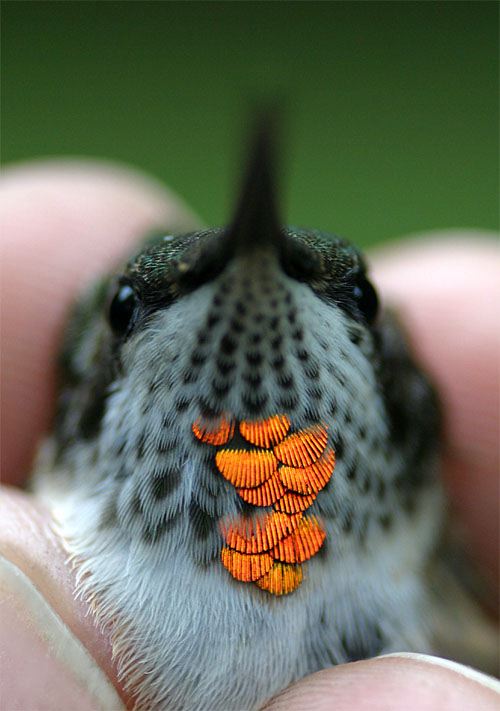

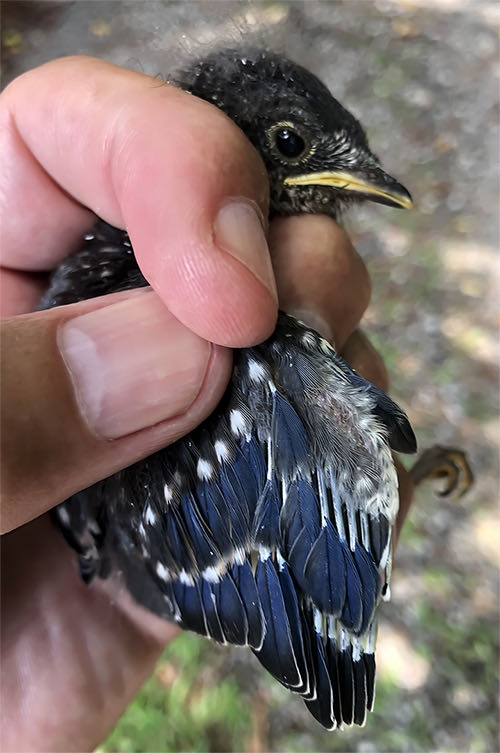
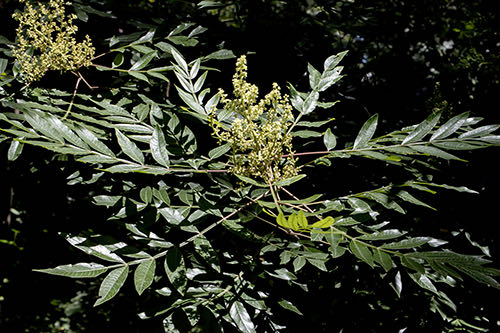
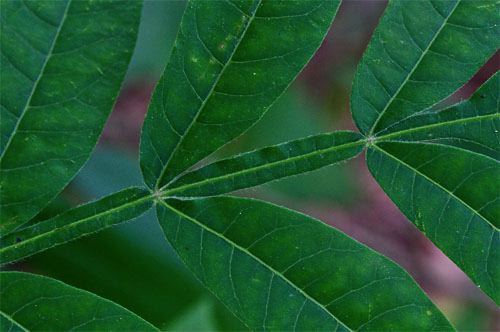
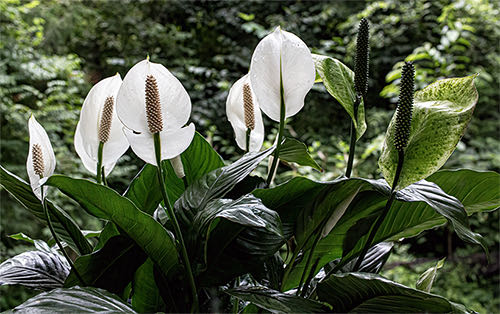
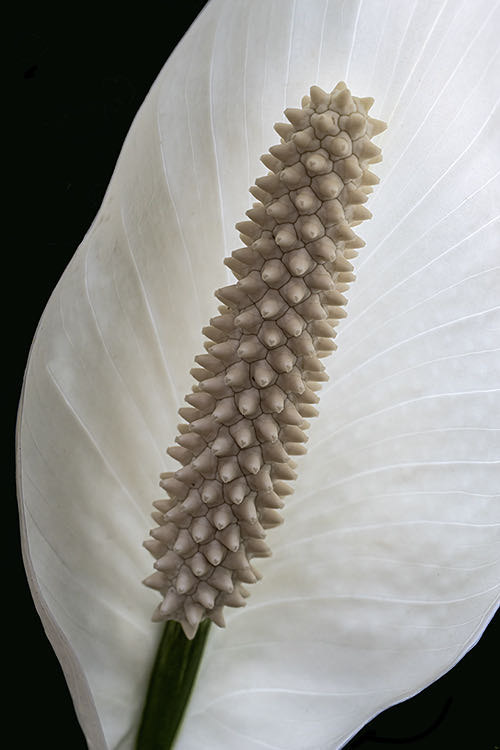
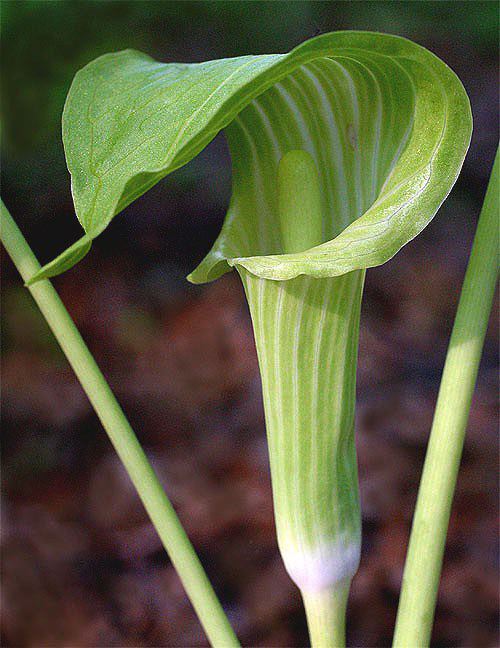
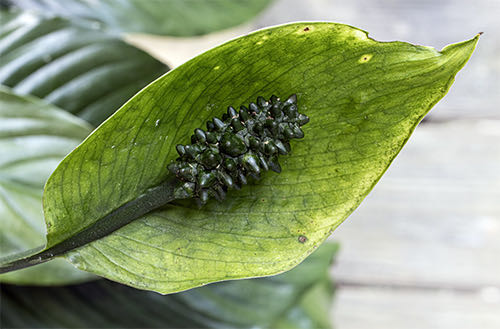


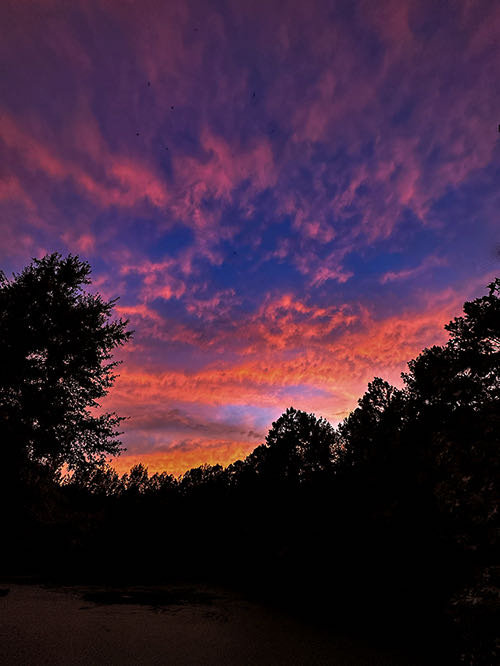









 Please report your spring, summer &
Please report your spring, summer &